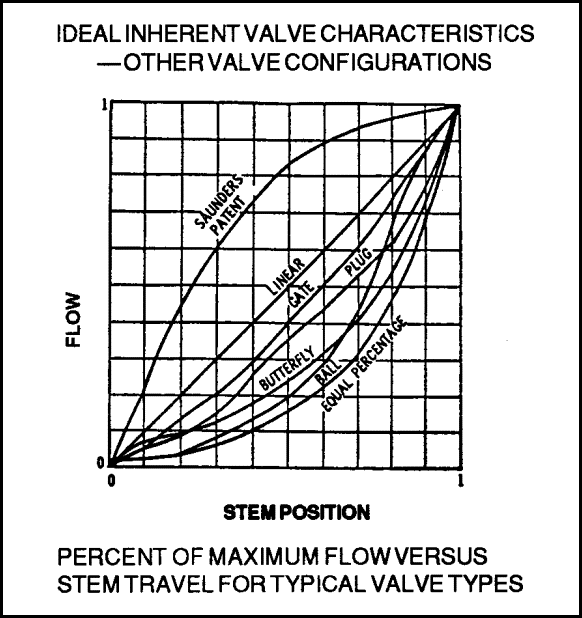Eduardo Rodrigues
Petroleum
thread408-211223
Can anybody help me on how to estimate Cv vs %open in a gate valve?
The mate of the closed thread has done that, and I´d like to know how...
Can anybody help me on how to estimate Cv vs %open in a gate valve?
The mate of the closed thread has done that, and I´d like to know how...

